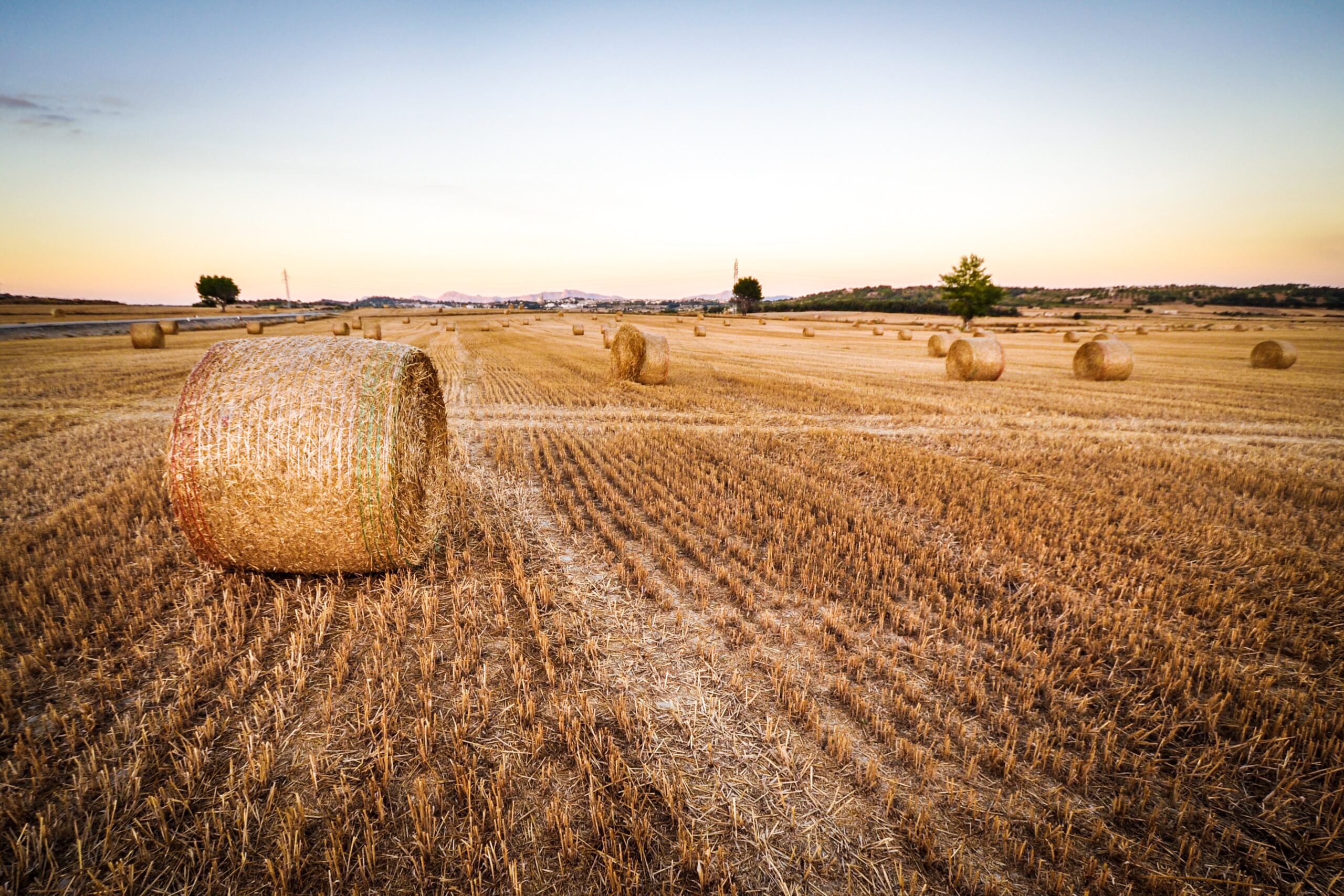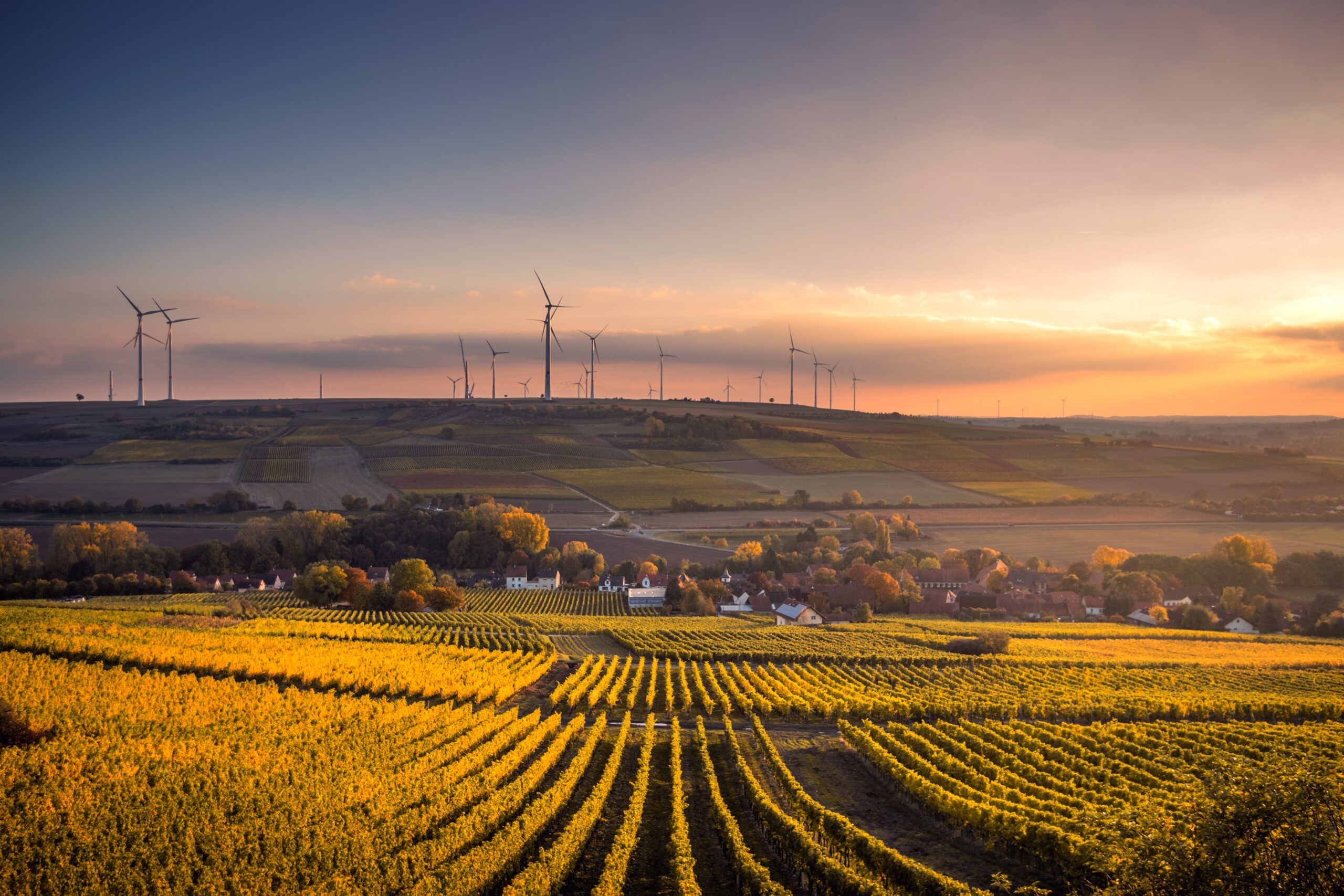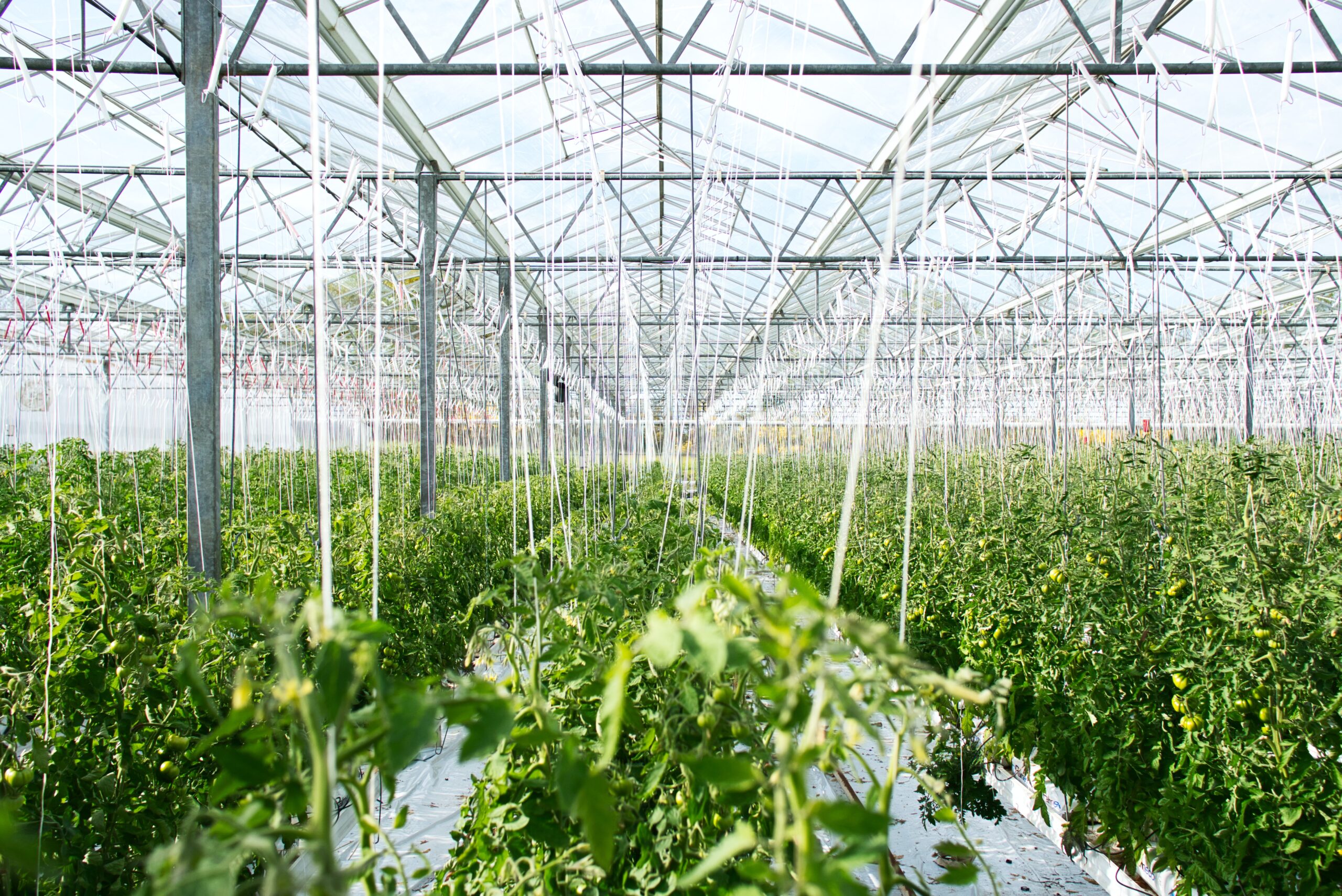Intensive agriculture has become increasingly common in modern farming practices. With the growing global population and the need to produce more food to meet the rising demand, farmers have adopted advanced techniques and inputs to boost crop yields and maximize output.
This section will explore various examples of intensive agriculture in modern farming. We will delve into the innovative methods used by farmers to achieve high yields and successfully manage their crops. The examples we will cover include high-yield crop varieties, precision farming, hydroponics, vertical farming, and integrated pest management.
Understanding these intensive agriculture examples will provide insight into the strategies modern farmers use to enhance crop productivity. Join us as we examine the different approaches farmers take to achieve their goals in today’s farming industry.
Understanding Intensive Agriculture
Intensive agriculture is a farming technique where the goal is to maximize the yield of crops by using advanced technology, high-yielding crop varieties, and large-scale mechanization. This approach involves the use of fertilizers, pesticides, and irrigation to increase productivity in a given area of land.
In contrast, extensive agriculture aims to produce large amounts of crops or livestock from a relatively low input of labor and capital. This approach involves using less intensive methods where large areas of land are used to produce crops. In other words, extensive vs intensive agriculture relies on a vast amount of land to generate profit.
Intensive agriculture, on the other hand, produces more food per acre of land, which is essential in a world with limited and expensive farmland. While the high use of inputs does bring some environmental concerns, modern farming practices rely on techniques like integrated pest and nutrient management to mitigate these issues.
Overall, understanding what intensive agriculture is and how it differs from extensive agriculture lays the groundwork for understanding why advanced techniques can result in high yields.
Examples of Intensive Agriculture Techniques
Intensive agriculture techniques involve using advanced methods to increase crop yields and productivity. Here are some examples of how farmers are implementing these techniques:
- High-yield crop varieties: Farmers are using crops that have been genetically modified or selectively bred to produce more yield per acre. These crops can withstand harsh weather conditions and resist pests, resulting in higher productivity and profits.
- Precision farming: Farmers are using precision farming techniques to ensure that crops get only the resources they need, such as water, fertilizer, and pesticides. This approach reduces waste and improves crop yields by optimizing inputs.
- Hydroponics: Hydroponic systems allow farmers to grow crops without soil, using nutrient-rich water solutions instead. This technique is highly efficient, as it reduces the need for land, water, and fertilizers while increasing crop yields.
- Vertical farming: Vertical farming involves growing crops in vertically stacked layers, using artificial lighting and climate control systems. This technique maximizes the use of space and resources, resulting in better crop yields per square foot than traditional farming methods.
- Integrated pest management: Farmers are using a combination of biological, cultural, and chemical practices to manage pests and diseases more effectively. This approach reduces the use of harmful pesticides and improves crop yields in the long run.
These examples demonstrate how intensive agriculture definition techniques are driving innovation in modern farming practices. By adopting these methods, farmers can increase productivity, reduce waste, and improve profitability.



